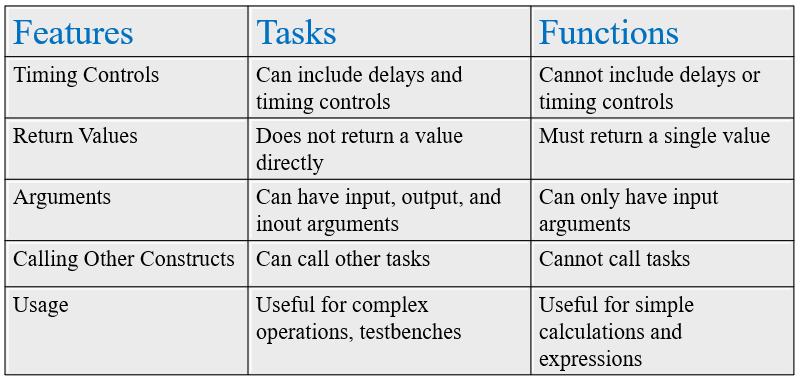Welcome to another edition of our Verilog series! In this blog post, we’ll explore the implementation of a Barrel Shifter in Verilog. A Barrel Shifter is a versatile digital circuit used for shifting data bits left or right by a specified number of positions. It’s a fundamental building block in many digital systems, particularly in arithmetic operations and data manipulation.
Below is the Verilog code for a Barrel Shifter, implemented using a Behavioral Modeling approach:
In the behavioral modeling approach, we describe the shifting functionality using simple conditional logic to decide between left and right shifts.
module barrel_shifter(
output reg [7:0] out, // Output shifted result
input [7:0] in, // Input data
input [2:0] n, // Number of positions to shift
input l_r // Shift direction (1 for left, 0 for right)
);
always @(*) begin
if (l_r) begin
// Left shift operation
out = in << n;
end else begin
// Right shift operation
out = in >> n;
end
end
endmoduleExplanation:
- The always@(*) block ensures that the ‘out’ signal is updated whenever there is a change in the inputs ‘in’, ‘n’, or ‘l_r’.
- If ‘l_r’ is high (‘1’), the input ‘in’ is shifted left by ‘n’ positions using the ‘<<’ operator.
- If ‘l_r’ is low (‘0’), the input ‘in’ is shifted right by ‘n’ positions using the ‘>>’ operator.
Conclusion
This Verilog implementation of a Barrel Shifter demonstrates how to model a data-shifting circuit using behavioral constructs. Understanding how to design and implement a Barrel Shifter is essential for various applications in digital design, including arithmetic operations and data manipulation.
What’s Next?
Experiment with this Barrel Shifter design in your Verilog projects and explore how shifting data can be applied to solve different problems. In the next post, we’ll delve into more advanced digital circuit designs and their Verilog implementations.
